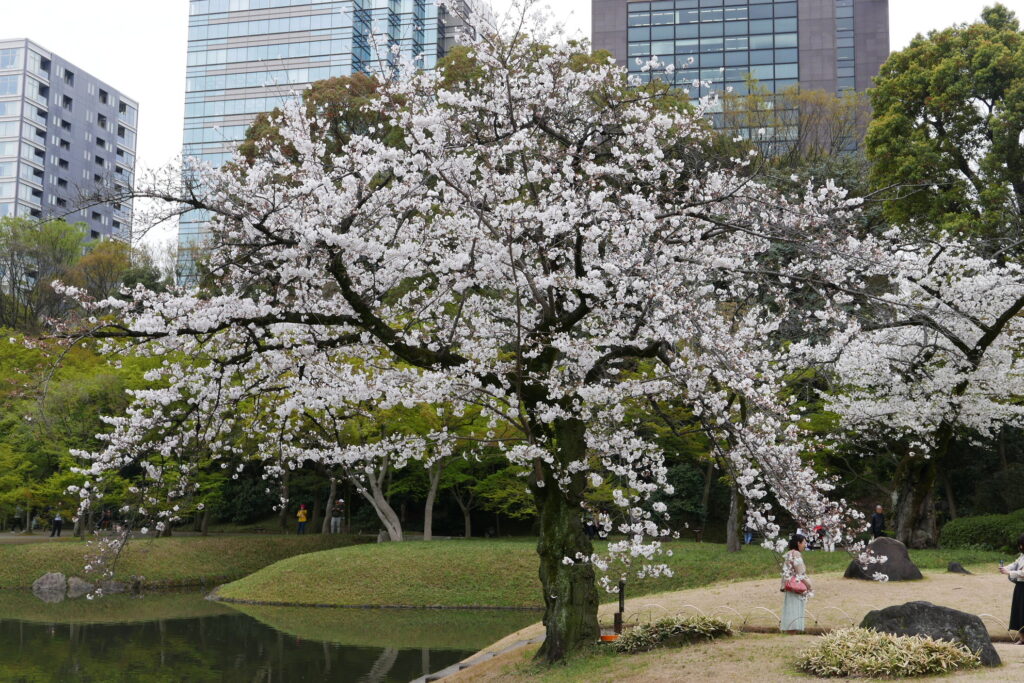
If you are enthusiastic about traditional Japanese gardens in Tokyo, I recommend “A Three-Garden Tour” on the Tokyo Metro Nanboku Line. The Koishikawa-Kourakuen Garden, the Rikugien Garden, and Kyu-Furukawa Garden are in a row on one subway line. Today, I would like to start from the Koishikawa-Korakuen.
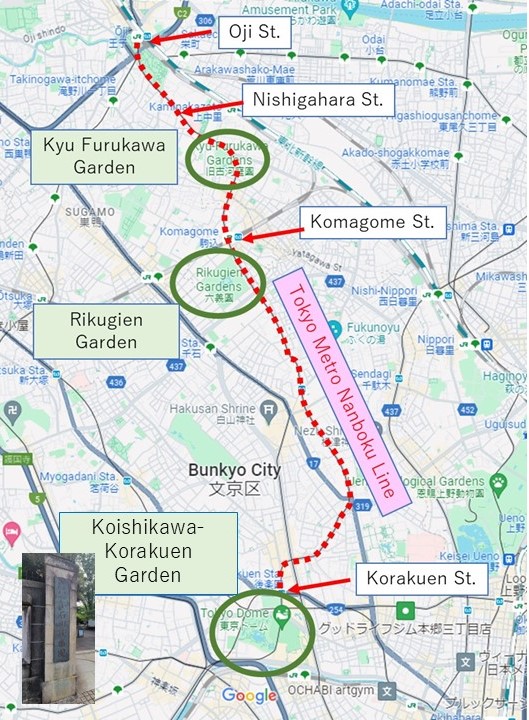
The garden sits in the middle of Tokyo, just next to the ballpark dome, Tokyo Dome, where a popular baseball team, the Tokyo Giants, holds its home games and many famous musicians show their performances. But once you step into the garden, you will feel isolated from the robust and noisy atmosphere of the metropolitan area and immerse yourself in the calm but impressive vibes of the garden.
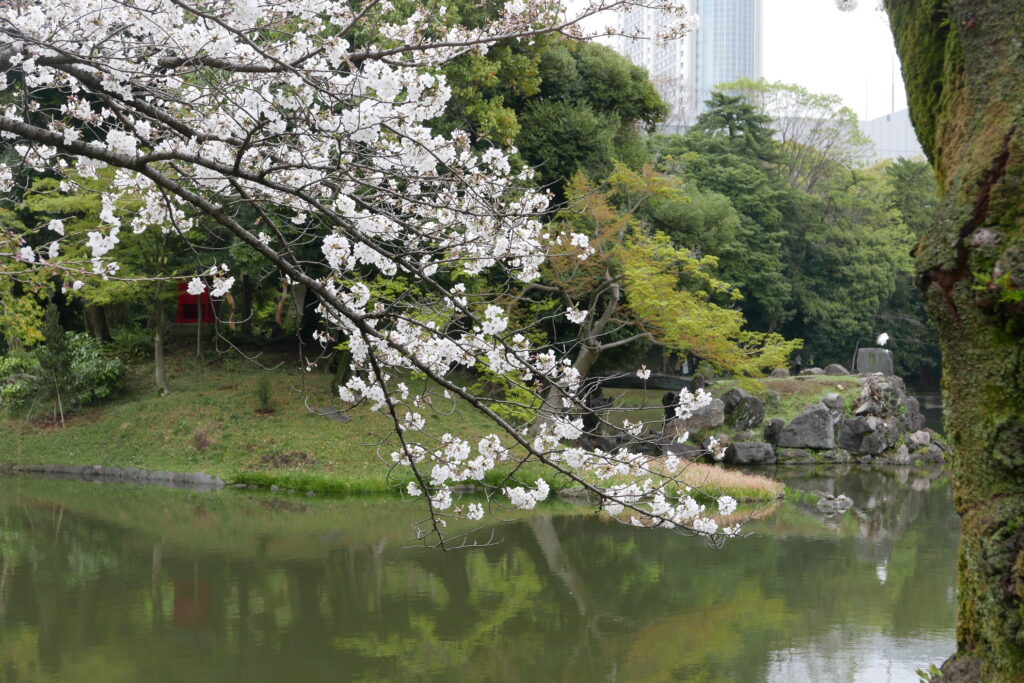
It was a day when the cherry trees in the Tokyo area started blooming. Although the trees had not reached full blooming yet—maybe 50 to 60% had bloomed—the scenes of the blooming cherry blossoms along the pond were impressive combinations and contrasts.
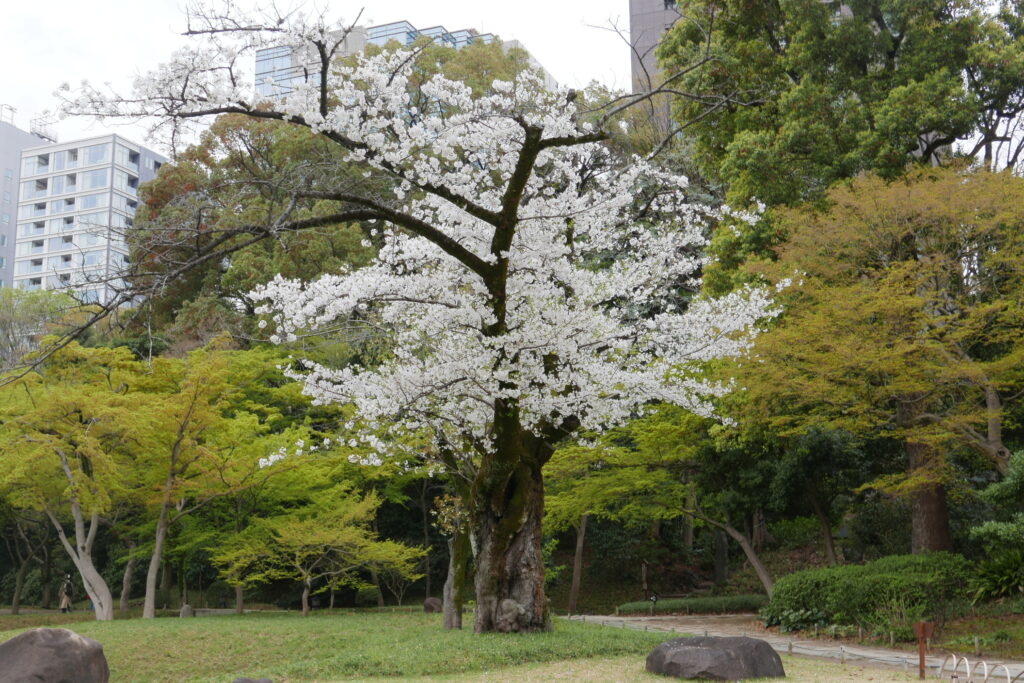
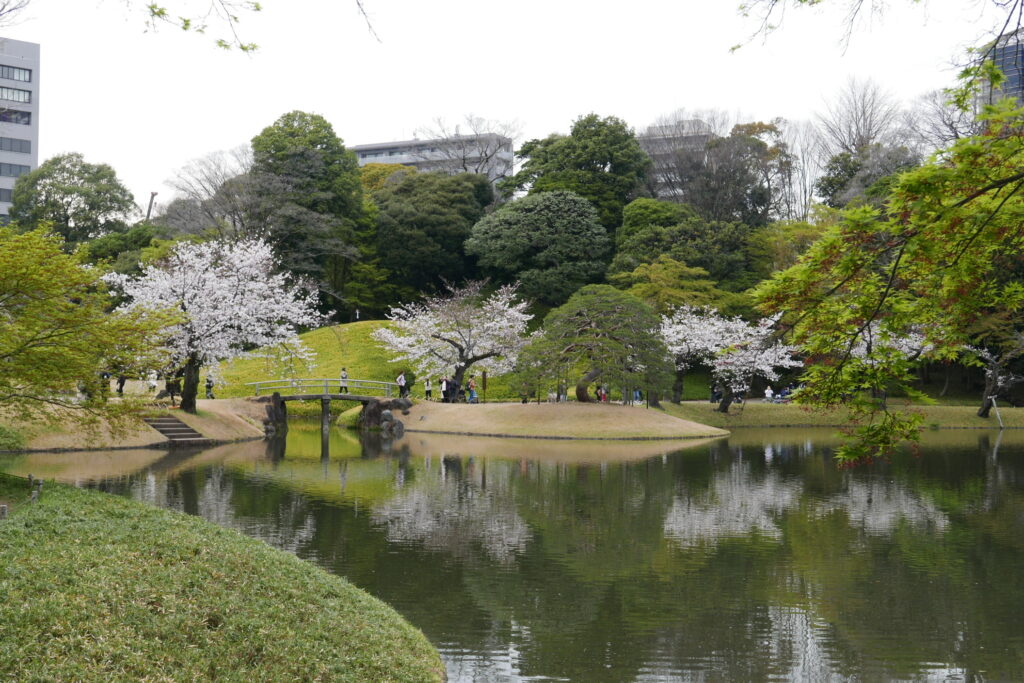
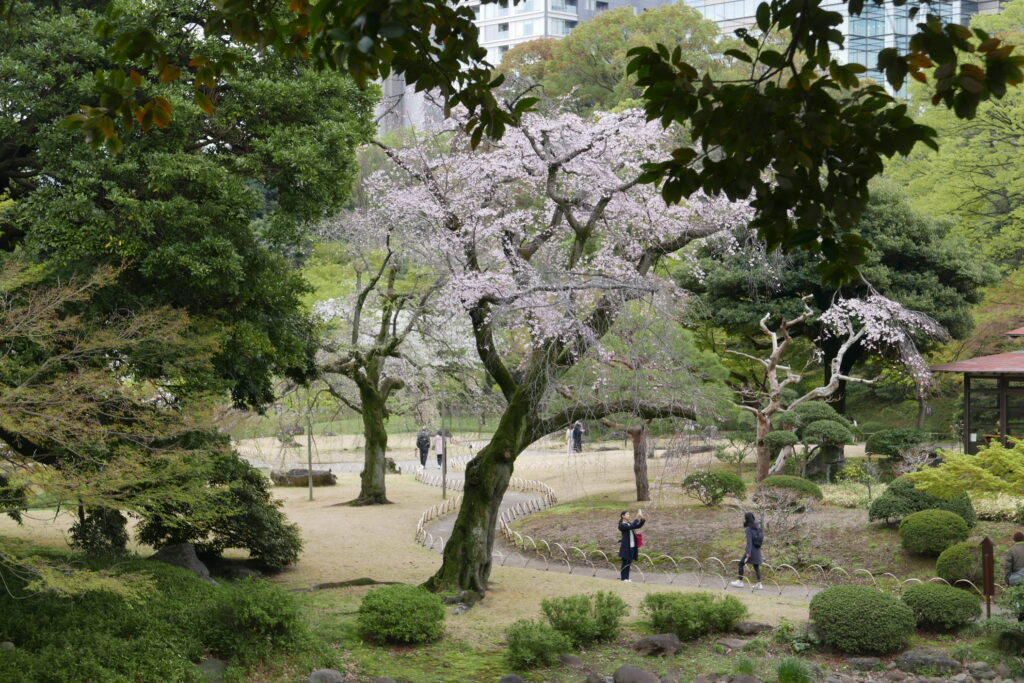
The Koishikawa Korakuen Gardens was built in 1629 by Yorifusa Tokugawa, the first lord of the Mito Tokugawa family, one of the three strong Shogun family groups (the Tokugawa family). His son, Mitsukuni Tokugawa, completed the garden. Mitsukuni was a samurai lord and a renowned Japanese history, literature, and art scholar.
His father modeled the garden after the scenic beauty of various parts of Japan, and Mitsukuni introduced Chinese taste reflecting Confucian thought into the garden. The red bridge below looks like one in a Chinese garden.
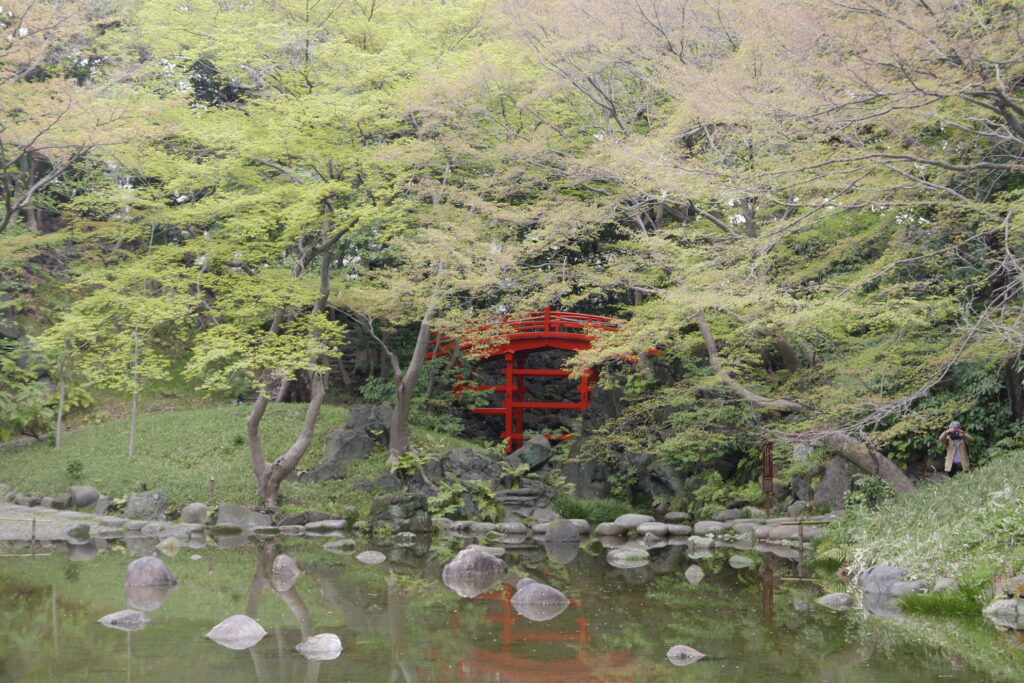
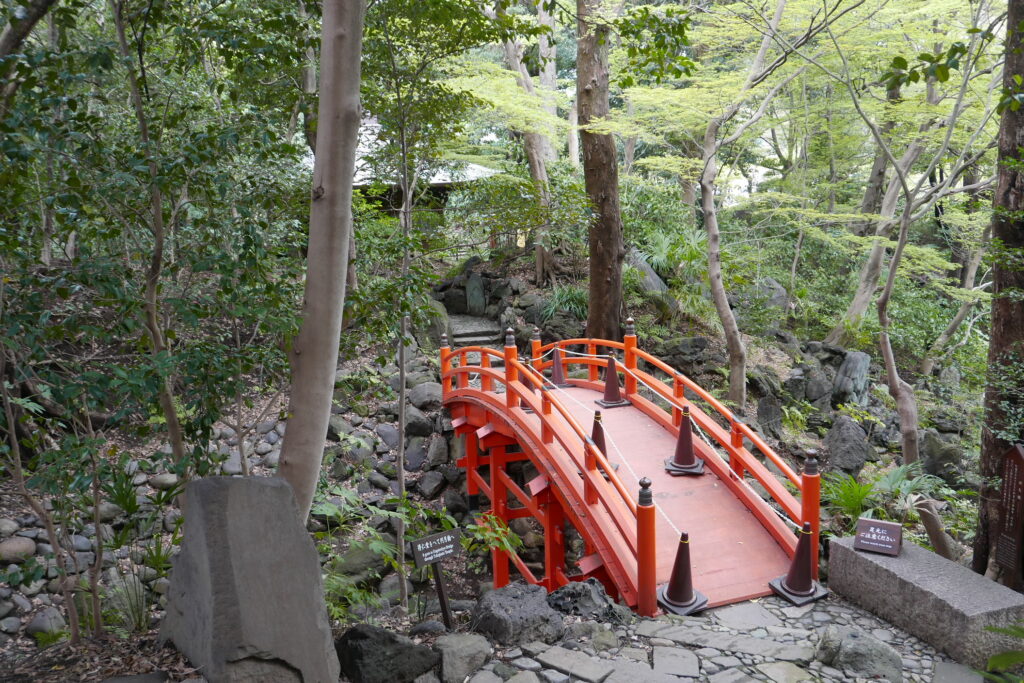
The bridge below is called Kyogetsukyo, meaning “the bridge reflects on the creek resembling the moon shape” and provides an exotic taste in the Japanese garden.
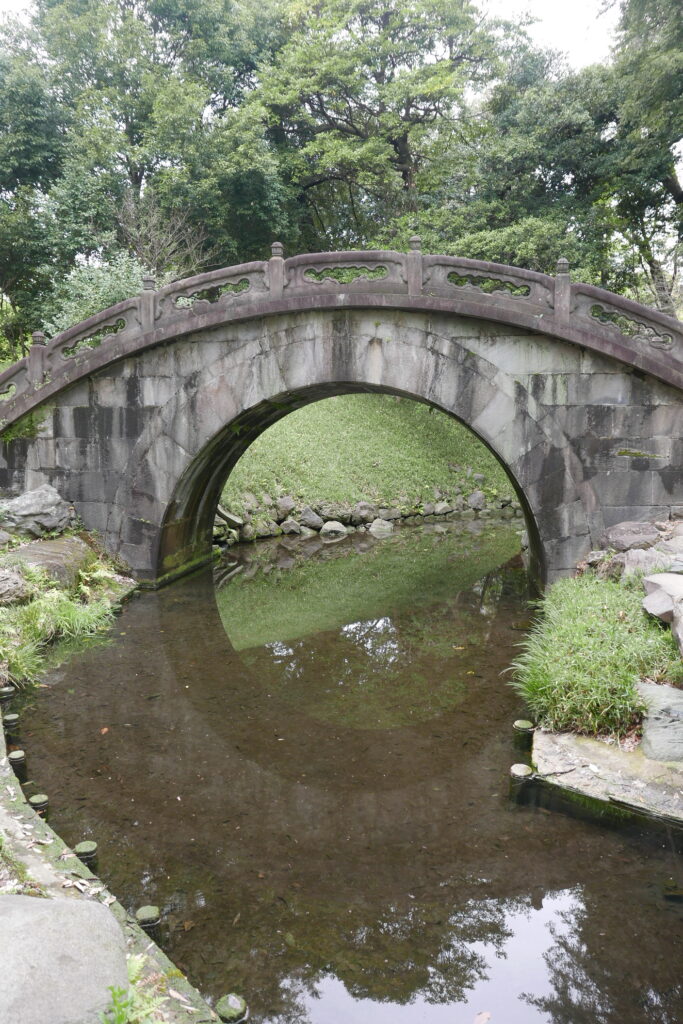
Pine trees are also an inevitable element in the Japanese garden. In Japanese culture, pine trees, bamboo, and plum trees represent ranking, such as gold, silver, and bronze medals in the Olympic games. So, the Samurai generals and lords prefer planting pine trees, “Matsu” in Japanese, in the gardens or beside the gates.
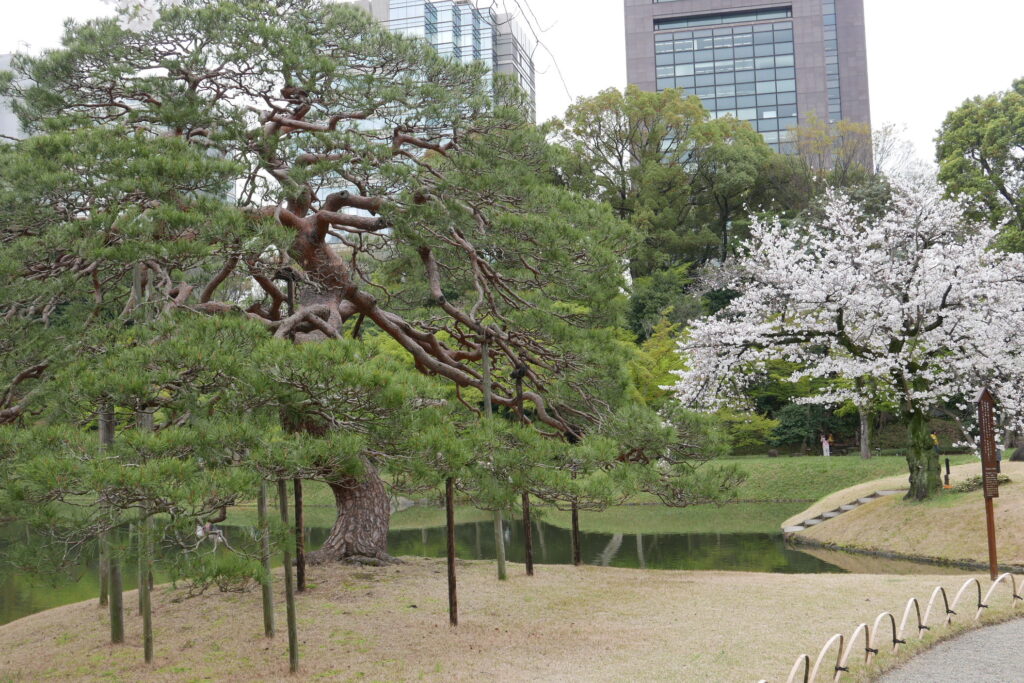
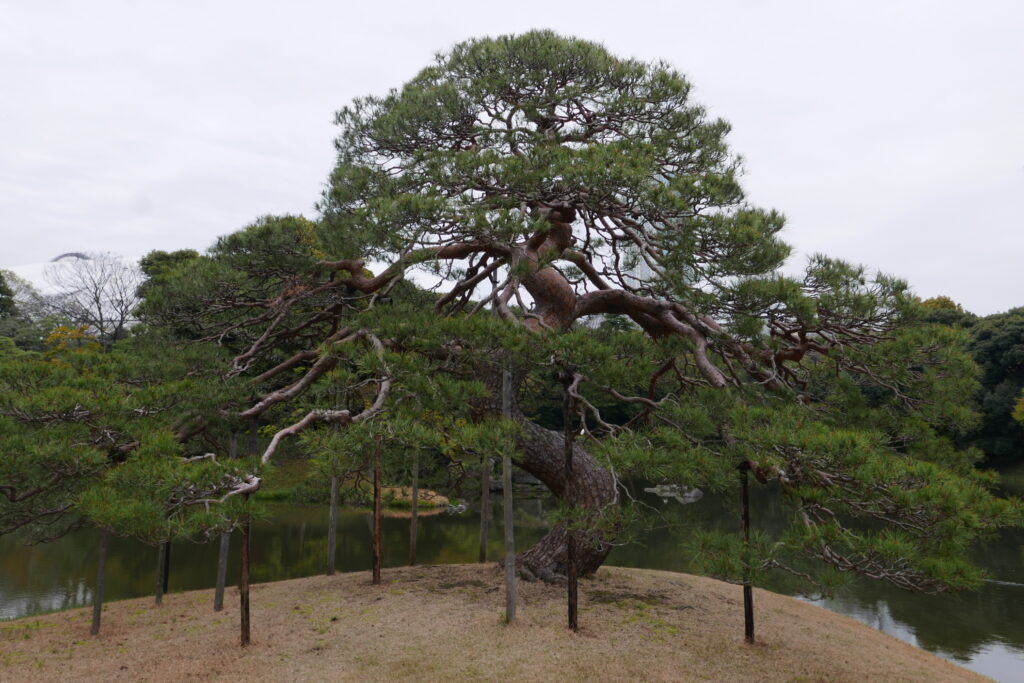
The Koishikawa-Korakuen also has a small rice field, and the scene of cherry blossoms behind the field makes me recall my boy’s age, which I think is very nostalgic to almost all seniors in Japan.
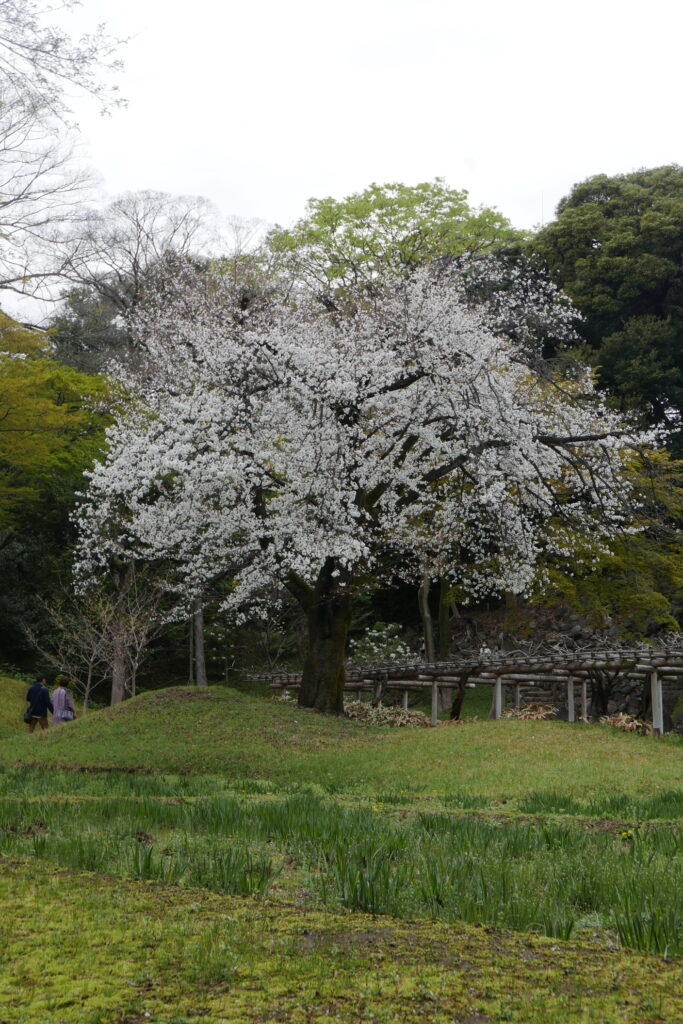
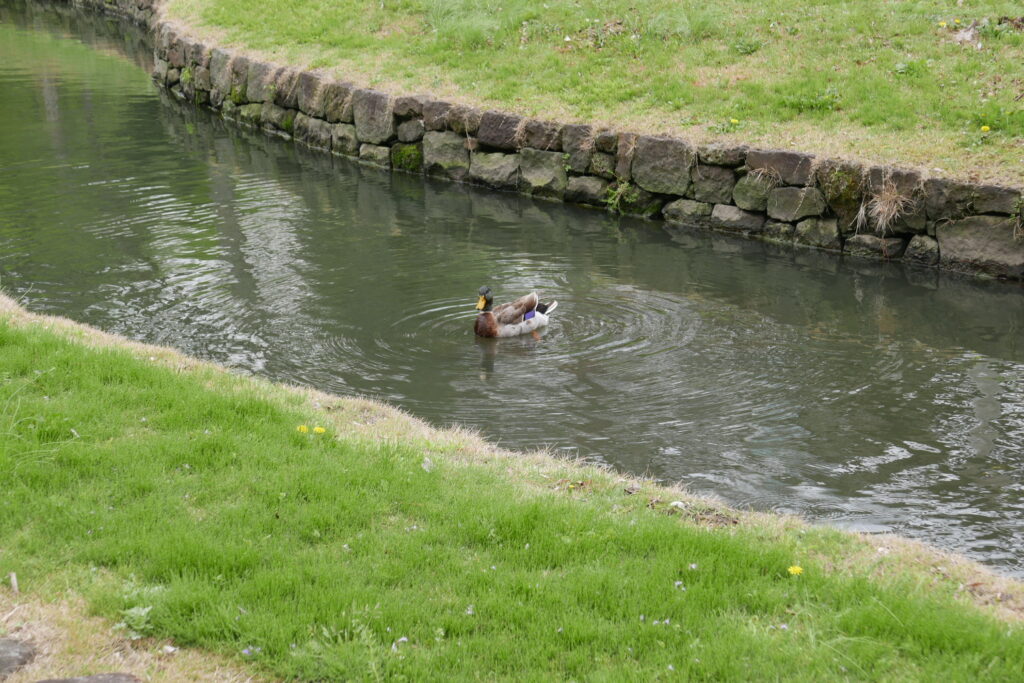
The impressive view is the contrast between the traditional garden and modern buildings. While I was walking in the garden, I often forgot that I was walking in the center of Tokyo because of its calm feeling. I have always wondered why this garden keeps such peaceful vibes in one of the busiest areas in Tokyo.
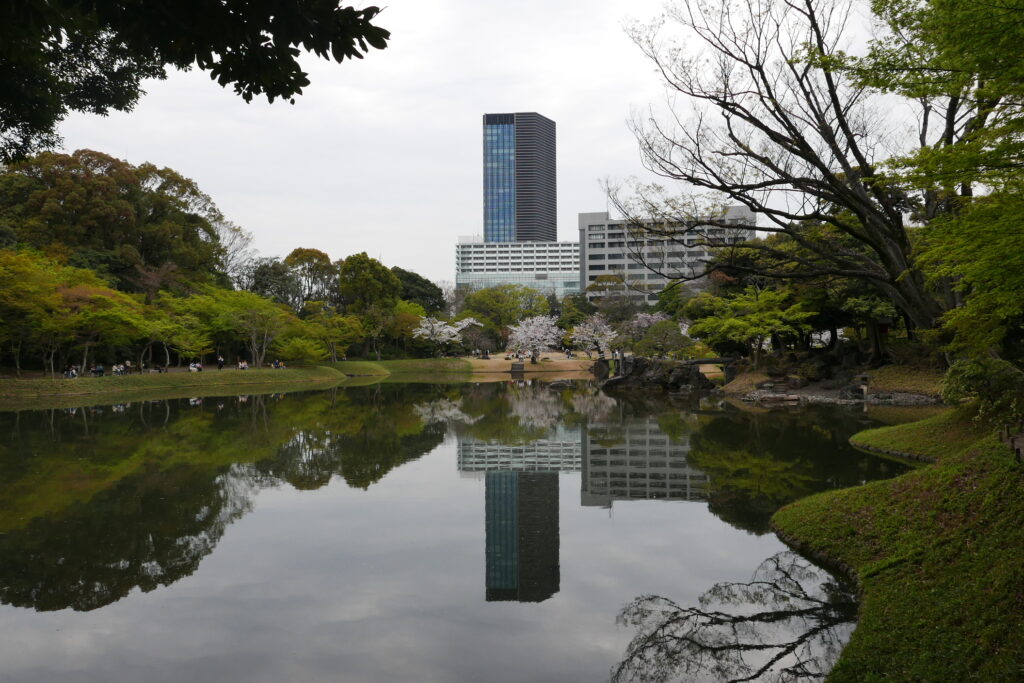
On the other side of the garden, you can see a small garden with quite traditional Japanese tastes. The well-paved footpath leads you there, and the wooden gate is waiting for you. The signboard of the gate says “Korakuen,” which means a paradise after your life.
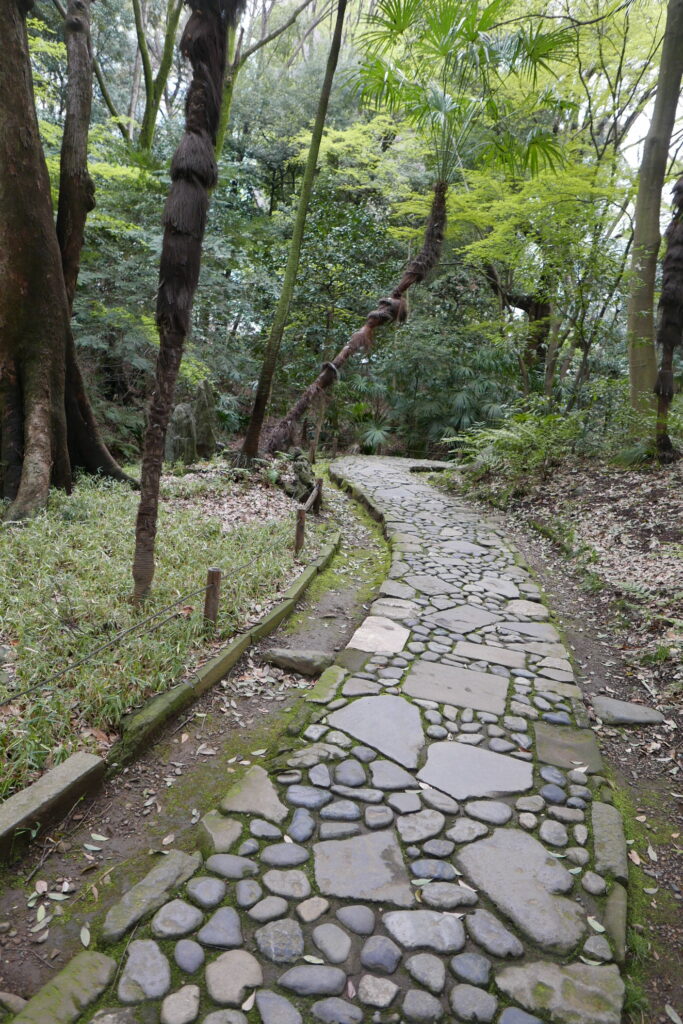
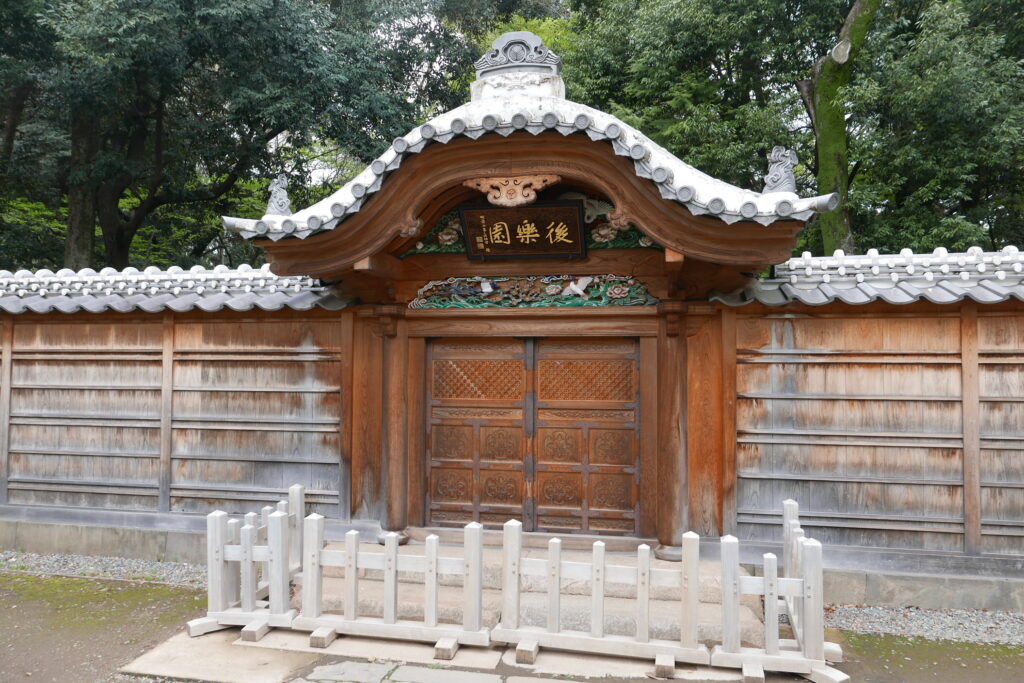
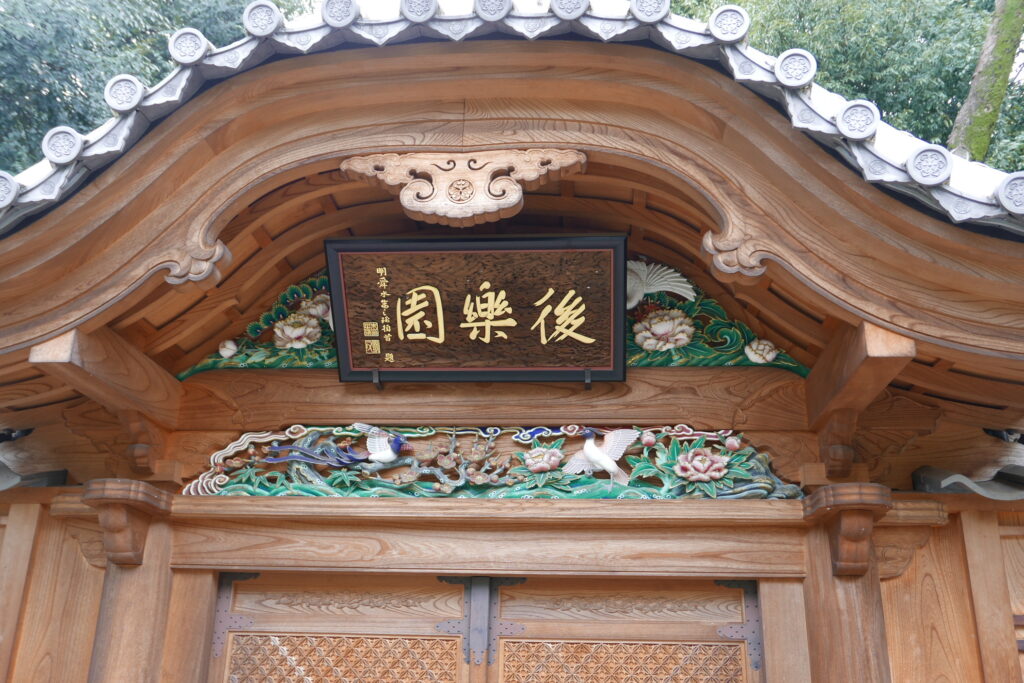
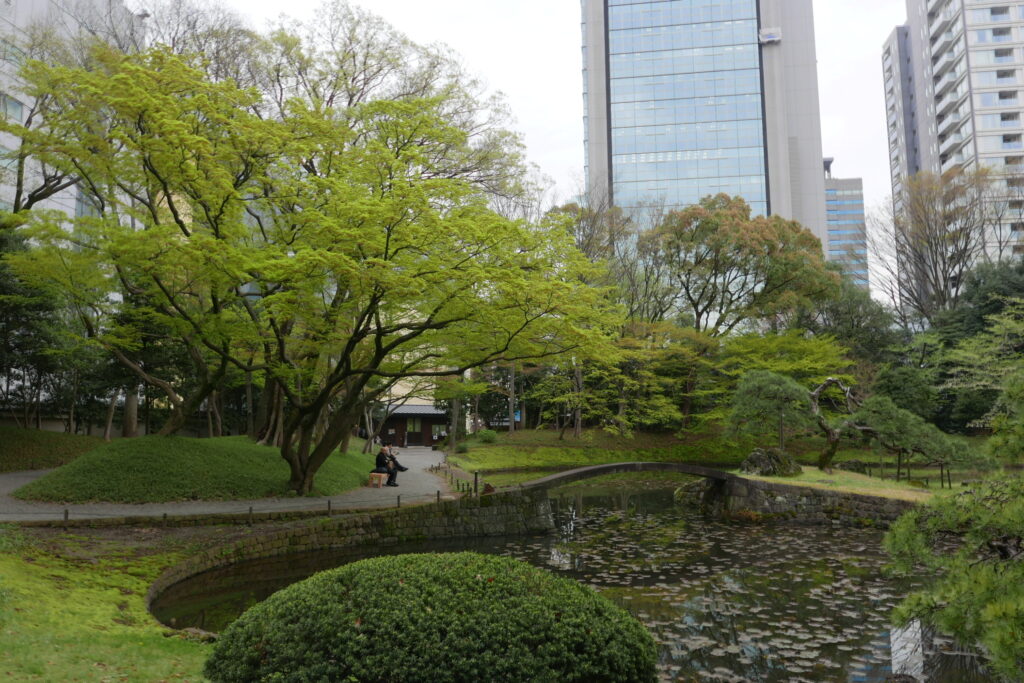
If you are interested in walking in the Korakuen Garden, I will guide you. And after that, I will take you to a traditional Japanese restaurant for lunch or dinner. Please contact me by clicking the link below.
<Information of the garden>
Location: 5-minute walk from JR Iidabashi or Suidobashi station. Please click the Google map link.
https://maps.app.goo.gl/3ETq3YH3s8QG2saR7
Open 9:00 to 17:00 every day, except for the year-end and New Year holiday.
Admission fee: 300 yen for adult
Please click the links to get updated via my X (former Twitter) and Instagram.
X (former Twitter): https://x.com/ToruGuide
Instagram: https://www.instagram.com/toruhigaki/
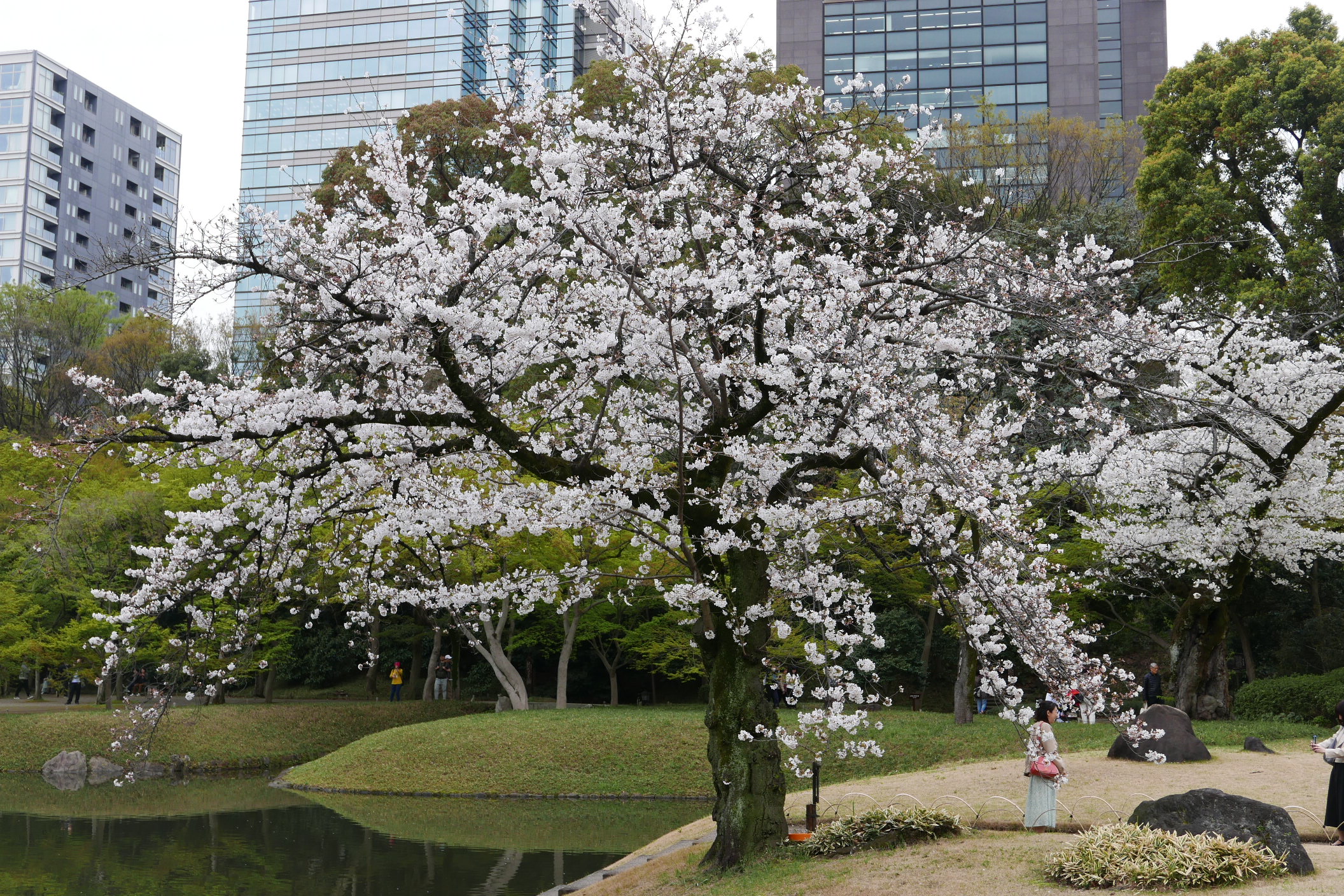



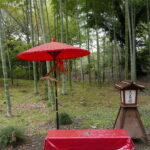
Comment